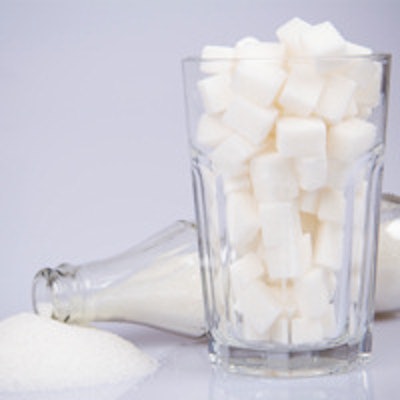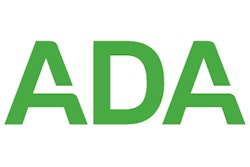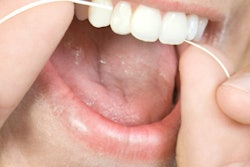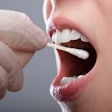
The U.S. Department of Health and Human Services (HHS) and the U.S. Department of Agriculture (USDA) have released the "2015-2020 Dietary Guidelines for Americans," which includes a call to limit the consumption of added sugars.
 Sylvia Burwell, HHS secretary. All images courtesy of the Office of Disease Prevention and Health Promotion.
Sylvia Burwell, HHS secretary. All images courtesy of the Office of Disease Prevention and Health Promotion.The guidelines recommend that Americans limit added sugars to 10% of their daily calorie intake. Added sugars are defined in the guidelines as sugars and syrups that are included in foods or beverages when they are processed or prepared. Therefore, the guideline does not apply to naturally occurring sugars, such as those in fruits and milk.
The goal of the evidence-based nutrition recommendations is to help the general public and policymakers make better-informed choices about their diets.
"Protecting the health of the American public includes empowering them with the tools they need to make healthy choices in their daily lives," stated Sylvia Burwell, HHS secretary, in a press release. "The dietary guidelines provide science-based recommendations on food and nutrition, so people can make decisions that may help keep their weight under control, and prevent chronic conditions, like type 2 diabetes, hypertension, and heart disease."
Guideline details
The 2015 updated guidelines are the eighth edition of the recommendations but the first to include a recommended limit to the consumption of added sugars.
Americans consistently consume more added sugars than the recommended 10% of daily calorie intake, and the majority of added sugars come from consuming sugar-sweetened beverages that are not milk or 100% fruit juice, as well as snacks and sweets, according to recent National Health and Nutrition Examination Surveys (NHANES) findings cited in the report.
 Data courtesy of the "2015-2020 Dietary Guidelines for Americans."
Data courtesy of the "2015-2020 Dietary Guidelines for Americans."The new guidelines also include updated guidance on sodium, cholesterol, and caffeine. The recommendations fit into five categories overall:


Screenshot on an interactive graphic from the "2015-2020 Dietary Guidelines for Americans." Image courtesy of the Office of Disease Prevention and Health Promotion.
- Follow a healthy eating pattern across the life span.
- Focus on variety, nutrient-dense foods, and amount.
- Limit calories from added sugars and saturated fats, and reduce sodium intake.
- Shift to healthier food and beverage choices.
- Support healthy eating patterns for all.
While the proposed guidelines recommend limiting the intake of added sugars, Nutrition and Supplement Facts labels on food and beverages currently do not list added sugars. In 2015, the U.S. Food and Drug Administration (FDA) proposed requiring most food packages to declare the percent daily value for added sugars, and the agency is currently reviewing comments on its proposed change, according to a statement.
"The FDA intends to consider the 2015-2020 Dietary Guidelines for Americans, along with these comments, as it considers modifications to the proposed rule," the agency wrote.
Industry responses
Dentistry has long understood that consuming sugars, including added sugars, contributes to caries, and some researchers have called for free sugars to be re-emphasized as the primary cause of caries.
When the suggested guidelines were proposed in 2015, the ADA submitted comments to the HHS and USDA. The ADA letter largely endorsed the recommendation on added sugars and applauded the organizations for recognizing dental caries; however, it also briefly noted that all sugars, including all-natural fruit juices, can damage teeth.
The ADA comments included the following:
- The ADA was "pleased" with the definition of added sugars.
- The recommendation to limit added sugars to 10% of daily calorie intake "seems like a reasonable public health goal."
- The ADA supported the recommendation to include added sugars on Nutrition and Supplement Facts labels.
The sugar industry, however, is pushing back against the new recommendations on added sugars.
In a statement, the Sugar Association said it is "disappointed that despite a lack of scientific evidence, the 2015 Guidelines for Americans recommend an intake limit or target for 'added sugars' of no more than 10% daily calories."



















